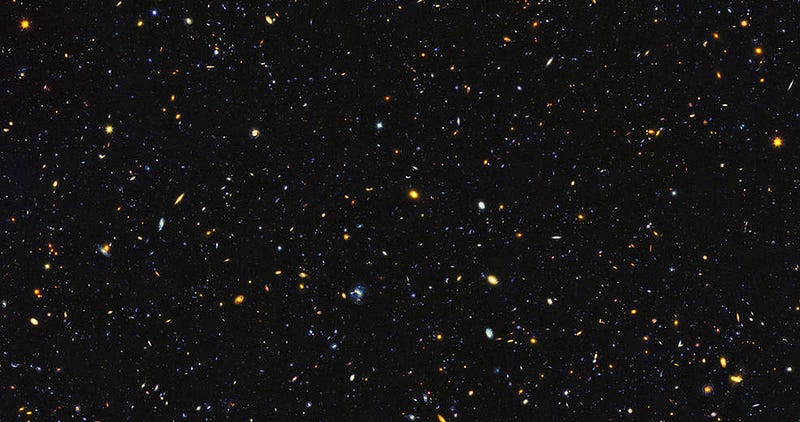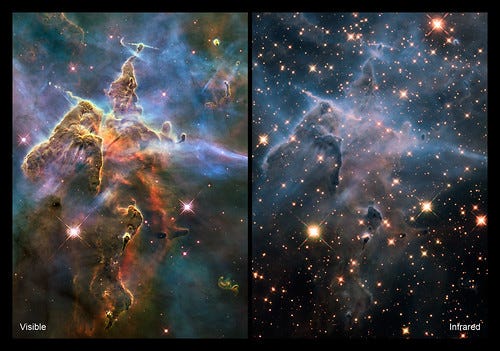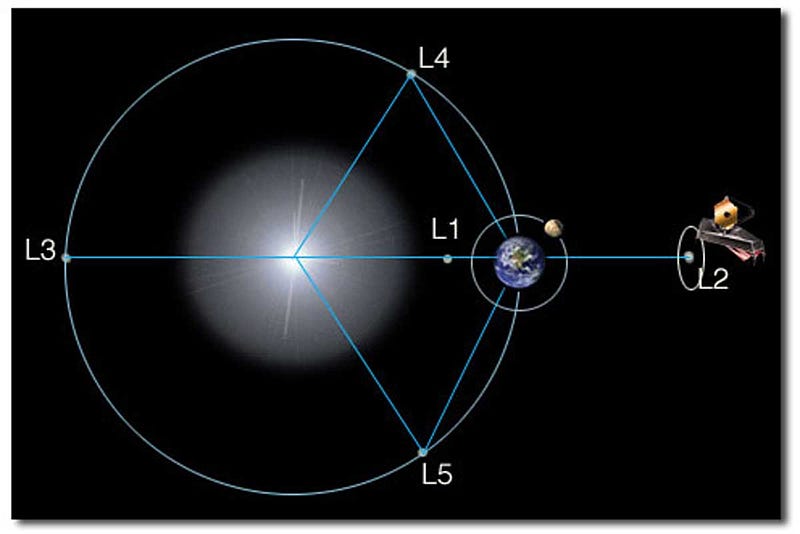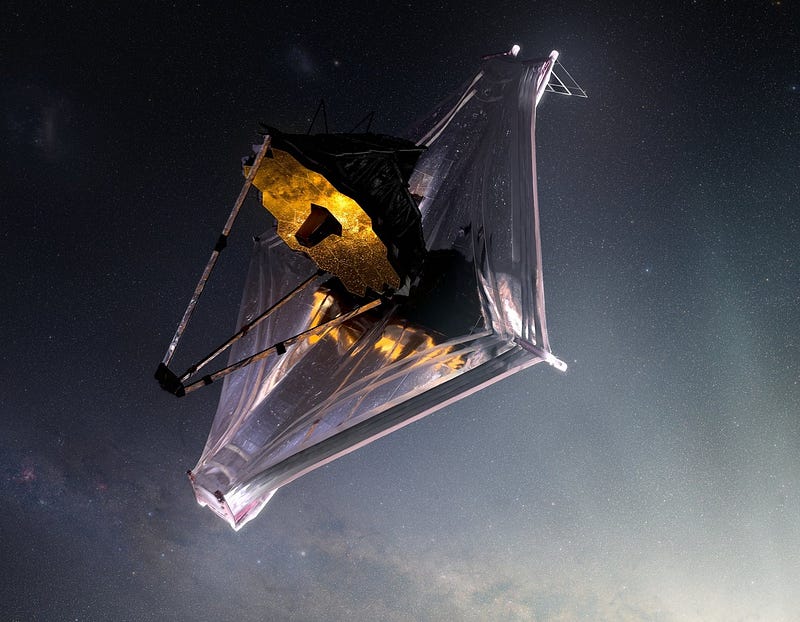# James Webb Space Telescope Launch: Key Insights and Expectations
Written on
Chapter 1: Introduction to the James Webb Space Telescope
NASA's latest venture in space exploration, the James Webb Space Telescope (JWST), successfully lifted off into the cosmos on Christmas Day this year. This telescope is designed to be the long-awaited successor to the Hubble Space Telescope, which has captivated humanity with breathtaking images of the universe, including the renowned Hubble Deep Field.

What is the James Webb Space Telescope?
The James Webb Space Telescope is NASA's newest initiative aimed at capturing images across both visible and infrared spectra. A primary objective of this mission is to deepen our understanding of the Big Bang. Due to the rapid expansion of the universe post-Big Bang, most remnants are highly redshifted, requiring observation in infrared wavelengths to be detected. Consequently, the majority of images produced by JWST will be in infrared, meaning they will not resemble what a human eye would perceive.
This capability allows JWST and other infrared telescopes to reveal heat signatures and wavelengths that are otherwise invisible to our limited vision.

Where is JWST headed?
Currently, the James Webb Space Telescope is en route to Earth's Lagrange point 2 (L2), a stable orbit located on the side of Earth that faces away from the Sun. Lagrange points are positions of equilibrium in a three-body gravitational system. In this scenario, the Sun and Earth are the two primary bodies, with JWST acting as the third. Placing JWST at L2 ensures it will maintain a stable position due to the gravitational balance.
However, JWST will not remain stationary at L2. Alongside moving with Earth in its orbit, it will also engage in its own circular orbit, which will take approximately six months. This design enables continuous operation without interference from Earth's shadow.

When will JWST be operational?
The James Webb Space Telescope is expected to take around six months before it begins regular scientific operations. The initial month will be dedicated to its journey to L2, where it will start at a fast pace and gradually slow down as it approaches its destination, ensuring it doesn't overshoot. By the time of this publication, it will have already passed the Moon's orbit!
Prior to reaching L2, NASA will commence deployment procedures. Currently, the solar array and sun shield are either deployed or in the process of deployment. Telescope deployment is slated to begin two weeks post-launch, and the telescope should be fully operational by the time it arrives at L2. Although JWST will reach L2 roughly a month after launch, scientific activities will not commence immediately. The team will spend the subsequent five months conducting optics checks, aligning the telescope, calibrating its instruments, and more. We can anticipate the onset of routine scientific operations approximately six months post-launch.

When will we see JWST's images?
The exact timeline for the release of the first images from the James Webb Space Telescope remains uncertain. NASA aims to share "Early Release Observations" around months five to six of JWST's mission in space. It may take additional time to fully showcase the telescope's capabilities, so stay tuned for potential image releases in the summer of 2022, assuming all deployment processes go smoothly.
Chapter 2: Anticipating JWST's Impact
Explore the live reaction of an astrophysicist during the launch of the James Webb Space Telescope.
Watch the official NASA broadcast of the James Webb Space Telescope launch.